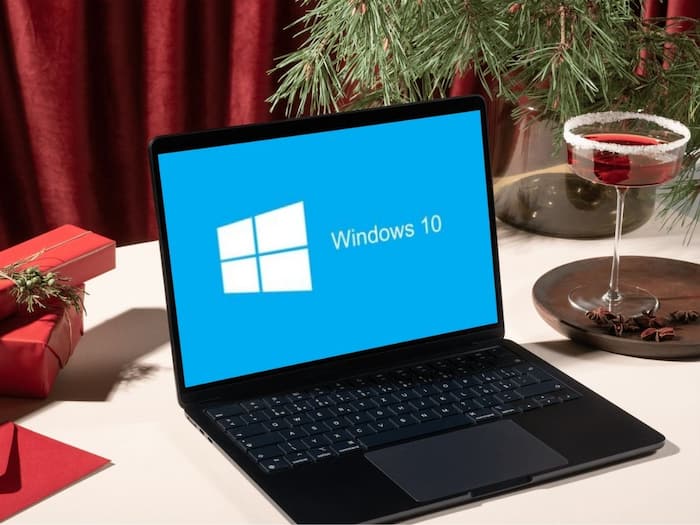
Written By Shubham Arora
Published By: Shubham Arora | Published: Oct 04, 2025, 09:10 PM (IST)

The clock is ticking for Windows 10 users. Microsoft has officially set October 14, 2025, as the date when support for its decade-old operating system will come to an end. That means no more security patches, bug fixes, or feature updates once the deadline passes – leaving millions of PCs worldwide more open to security risks if they stay on the old software. Also Read: Windows 10 And Windows 11 Hit By High-Severity Security Flaw: CERT-In Issues Warning
In a blog post, Yusuf Mehdi, Executive Vice President and Consumer Chief Marketing Officer at Microsoft, clarified that Windows 10 devices won’t suddenly stop working after the cutoff. However, they’ll no longer get essential security or technical updates. In simple terms, your PC will keep running, but over time, it’ll become more exposed to viruses, malware, and other online threats without those regular safety patches. Also Read: Microsoft Blocks Largest-Ever Cloud DDoS Attack Aimed At Australian Website: Here’s What Happened
Microsoft did confirm one small exception – Microsoft Defender Antivirus will continue to receive security intelligence updates until October 2028, offering basic protection. However, the company clarified that this won’t be as robust as the full-scale defence provided by regular system updates. Also Read: Microsoft Users At High Risk: Indian Govt Recommends Updating Your Devices Now
To help users who aren’t ready to upgrade immediately, Microsoft is launching an Extended Security Updates (ESU) program. Starting October 15, 2025, users can subscribe to ESU directly through their device settings.
For individuals, there will be three options to access ESU – via Windows Backup (free), Microsoft Rewards points (free), or through a paid annual plan costing $30 per device. Businesses, meanwhile, will have to pay $61 per device per year, renewable for up to three years.
Interestingly, Windows 365 Cloud PCs and Windows 11 virtual setups will get ESU at no extra cost.
The decision to retire Windows 10 is part of Microsoft’s broader strategy to promote Windows 11 and the new Copilot+ PCs. The company says the newer platform offers up to 62% fewer security incidents, 2.3x faster performance, and next-gen AI features like Recall, Cocreator in Paint, and Restyle in Photos.
For most users, there are three clear options – upgrade to Windows 11, buy a new Copilot+ PC, or opt for ESU if your device isn’t ready for an upgrade. The end of Windows 10 may be near, but Microsoft is ensuring there’s a path forward for everyone.